Understanding Rambler Style Houses
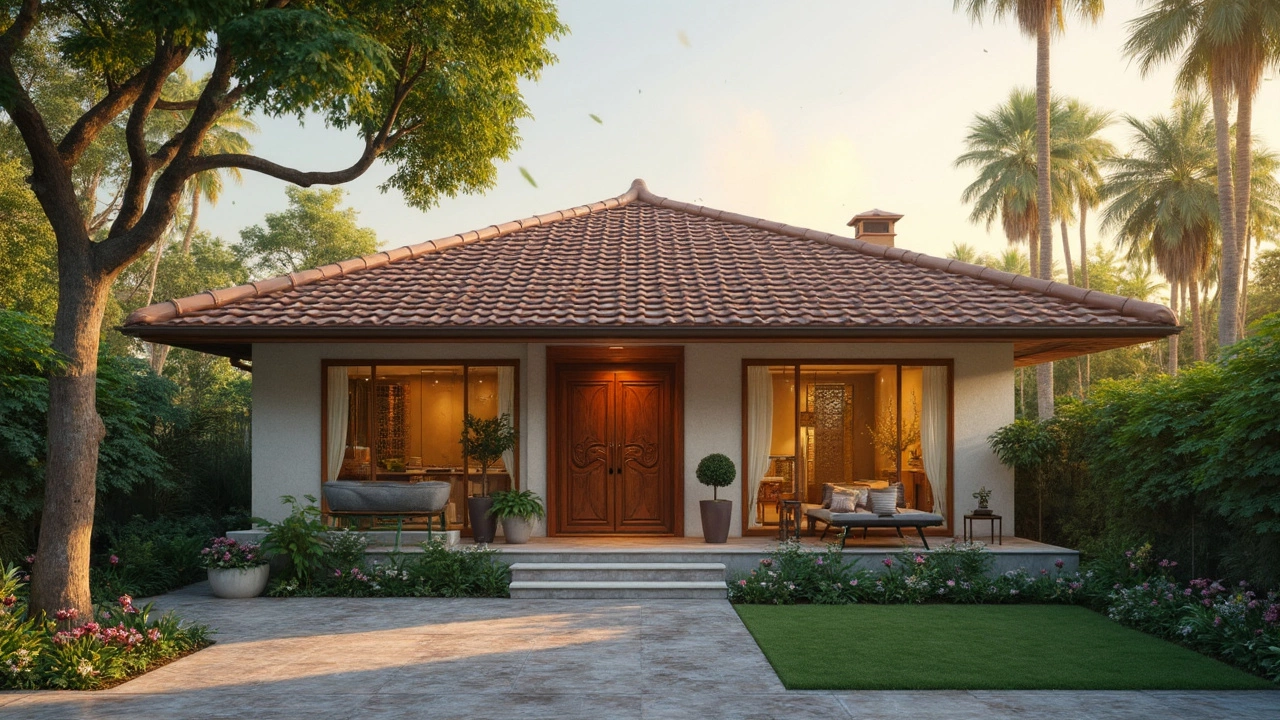
Looking at a rambler style house? You’re not alone. These homes, often called ranch-style houses, have a way of pulling people in with their practical and straightforward layout. Built mostly in the mid-20th century, they became the go-to choice for their single-story appeal and modern look.
So, what exactly makes rambler houses tick, and why are they still in demand today? Well, it's all about simplicity. You walk into these homes, and everything you need is on one floor, making them super accessible. No need to wrestle with stairs every day. Plus, they usually come with open floor plans, which means more space to hang out with family or have friends over.
- The Basics of Rambler Style
- A Peek into History
- Features That Stand Out
- Why Choose Rambler Style?
- Market Appeal and Value
- Is It Right for You?
The Basics of Rambler Style
Let's get down to the essentials of a rambler style house. These homes are all about ease and openness. Picture a layout with a long, ground-hugging profile and a low-pitched roof. That's the classic look of a rambler, sometimes known as a ranch-style house.
Why are these homes a big deal? Because their single-story design makes life more accessible, especially for families with small kids or older folks who'd rather skip the stairs. Also, there's something really social about the way these homes are laid out. Imagine having an open space where everyone can hang out together, with the kitchen, dining, and living areas flowing seamlessly into one another.
Thinking about space? Rambler houses typically cover a decent footprint, making use of wide lots to stretch out and provide some breathing room. Add a garage that's often attached directly to the house, and you've got a well-rounded design that screams practical living.
A lot of ramblers are built using straightforward materials like brick, wood, or stucco. The aim is durability and easy maintenance, so no fuss is required for upkeep. And if you're into personalization, these homes provide a solid base for tweaks and upgrades, whether you're looking to modernize or maintain a retro vibe.
Here's a cool tidbit: a study found that rambler houses continue to be a favorite among first-time homebuyers because they often hit the sweet spot between size, cost, and livability. If you're in the market, a rambler may just be what you're looking for, combining nostalgia with all the conveniences of modern housing.
A Peek into History
Want to know how rambler houses got started? Well, it all kicked off back in the 1920s, but these homes really hit their stride after World War II, in the sunny suburbs of America. Picture this: families were eager to settle down, and they craved a modern and functional living space without the fuss. Hence, the ranch-style homes became the perfect fit.
The architecture of rambler houses was inspired by the wide, open spaces of the southwest U.S., reflecting a harmonious blend of indoor and outdoor living. Built mostly between the 1940s and 1970s, these homes were a reaction to the complex, multi-story homes of the era. Simplicity and efficiency were the name of the game. You got everything on a single story, which meant no one had to trudge up and down stairs with groceries or laundry baskets.
These homes quickly swept across the country, gaining fans in California and then spreading throughout the nation. Back in the day, construction materials were easier to get and cheaper, so folks were excited to own a piece of the American dream. They could have features like open floor plans and a connection to nature, often seen with large picture windows looking out to a spacious backyard.
By the 1970s, though, these homes saw a dip in popularity as more modern and varied architectural styles took the stage. But what goes around comes around, and rambler houses are now back in vogue, appreciated for their straightforward design and timeless charm. People rediscover the simple joys of these homes—they’re not just a classic, they’re a keeper!
Features That Stand Out
Rambler style houses, or ranch-style houses, are all about practicality and easy living. What really sets them apart? Let's break it down.
Single-Story Layout: The hallmark of any rambler house is its single-floor design. This not only makes them more accessible, especially for folks who want to avoid stairs, but it also simplifies the daily movement around the home.
Open Floor Plans: Most of these homes feature open floor plans. Instead of choppy walls dividing every room, you get spacious areas for living and dining. This setup is great for entertaining or keeping an eye on the kids while cooking.
Large Windows: Rambler homes are known for their big, beautiful windows. These let in tons of natural light, making your space feel bright and welcoming.
- Low-Pitched Roofs: Typically, rambler houses come with low-pitched, gable roofs. This style not only adds a unique look but is cost-effective and easier to maintain compared to steeper alternatives.
- Exterior Materials: Many rambler homes use materials like brick, wood, or stucco, giving them a sturdy, classic appearance.
If you're in the market, these features are probably stars on your checklist. Ranch-style homes are still on the radar for buyers, combining charm and convenience.
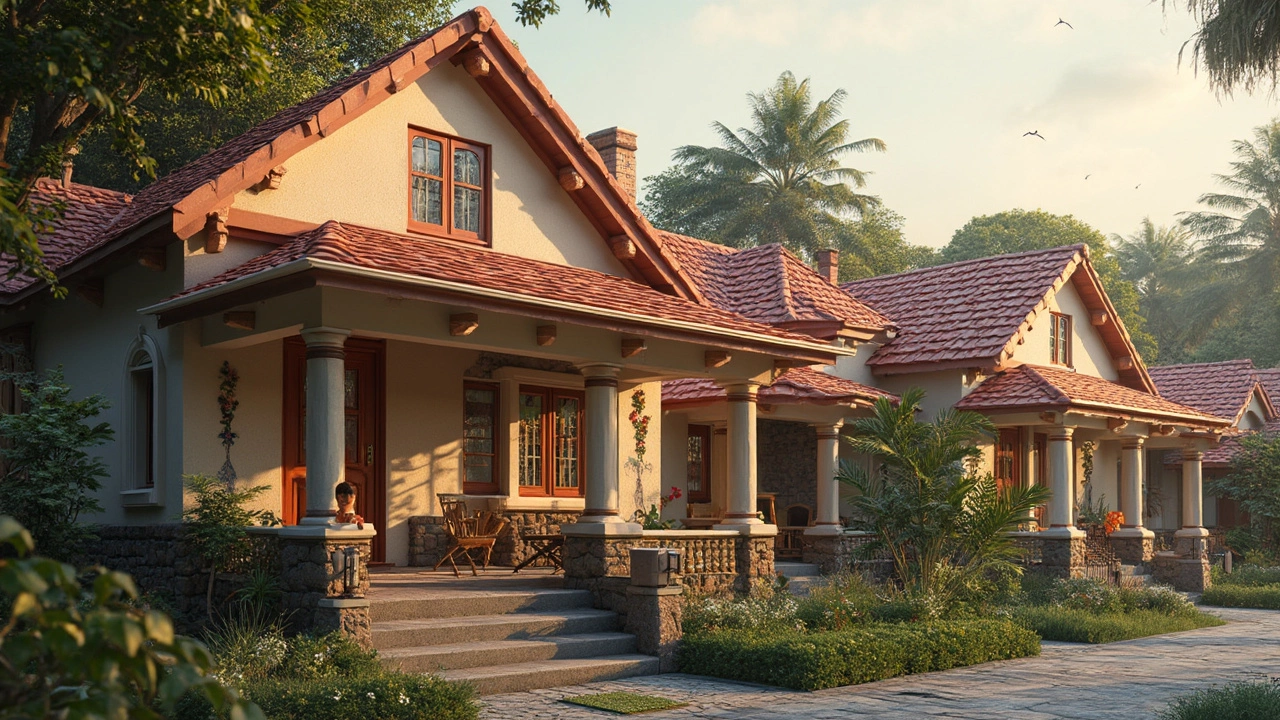
Why Choose Rambler Style?
Wondering if a rambler style house is the right fit for you? Here’s why they’re a winner for many people. First off, the accessibility factor is huge. With everything on one level, these homes make life easier for anyone with mobility issues or those just looking for convenience. No stairs mean less hassle and more comfort.
Then there’s the open floor plan, which is a big selling point. Want a home where you can keep an eye on the kids while cooking dinner or hosting friends without feeling cramped? A rambler house gives you that seamless flow between rooms, making it feel airy and spacious.
Now, let’s talk about customization. Rambler homes often come with large lots, offering ample outdoor space. Whether you dream of a garden, a play area for kids, or an outdoor dining spot, you've got the room to make it happen.
In terms of style, these homes have a cool vintage vibe. Being rooted in the mid-20th century, they carry a nostalgic charm yet allow for modern updates. So, if you’re keen on mixing old-school charisma with modern amenities, a rambler style might just be your dream home.
Lastly, consider energy efficiency. With a single-story design, it's generally easier to heat and cool these homes, potentially cutting down on those utility bills. Choosing a rambler house could mean making a savvy financial choice.
Market Appeal and Value
If you’re eyeing a rambler style house, you’re probably wondering how they stack up in today’s real estate world. Well, here's the good news: these homes have a solid place in the market, and their popularity isn't fading anytime soon. Why? They're known for their straightforward, no-nonsense design that doesn't just cater to the elderly or those with mobility challenges, but also to young families who love the open floor plan and ease of maintenance.
Rambler houses are often found in suburban neighborhoods, where they blend perfectly with the landscape, offering a cozy feel without sacrificing space. They have a knack for attracting folks who appreciate the blend of indoor and outdoor living, thanks to big windows and patios. Plus, if you’ve got a green thumb, the typically decent-sized lot is a dream for gardening enthusiasts!
When it comes to real estate value, rambler homes remain competitive. They're usually priced reasonably because of their single-story nature and the fact that they need less upkeep compared to multi-story homes. However, location, as always, plays a significant role. In hot markets, these homes can be snatched up quickly due to their versatility and the growing trend towards accessibility and open plans.
Want to see some numbers? Check out this rough comparison of average rambler home prices in different regions across the U.S.:
| Region | Average Price |
|---|---|
| West Coast | $550,000 |
| Midwest | $300,000 |
| East Coast | $450,000 |
| Southwest | $350,000 |
So, if you’re considering one of these homes, think about not just your budget but also what you value in a living space. Their market appeal continues to stand strong, meaning they're not only a cool place to live but potentially a smart investment too.
Is It Right for You?
Thinking about whether a rambler style house fits your vibe? It boils down to what you need. These homes are perfect if you're looking for simplicity and function. They're single-story structures, so you won't have to deal with stairs every day. That makes them awesome for young families with little ones or older folks who want to avoid the stair-climbing workout.
Another thing to consider is the open floor plan. If you love the idea of open spaces and want your living area, dining room, and kitchen all flowing together, then a rambler might just be your match. Imagine entertaining friends without walls cramping your style!
How about space? These homes usually come with some yard space, which is perfect if you're into gardening or need a place for a pet to roam.
Let's not ignore energy efficiency, either. Less square footage often means lower heating and cooling costs, which is a relief when those utility bills roll in. Plus, fewer stairs and hallways mean a smaller footprint, which might just appeal to those with a green mindset.
But, let's keep it real—those pros come with some trade-offs. If you're into big basements or multiple floors for privacy, you might feel a bit cramped. And if your family grows, you might outgrow the house faster than you'd like.
So, in a nutshell, a rambler house could be your dream come true if you value accessibility, open space, and a fuss-free design. Just weigh the perks and limitations, and you'll know if it's the right call for you.

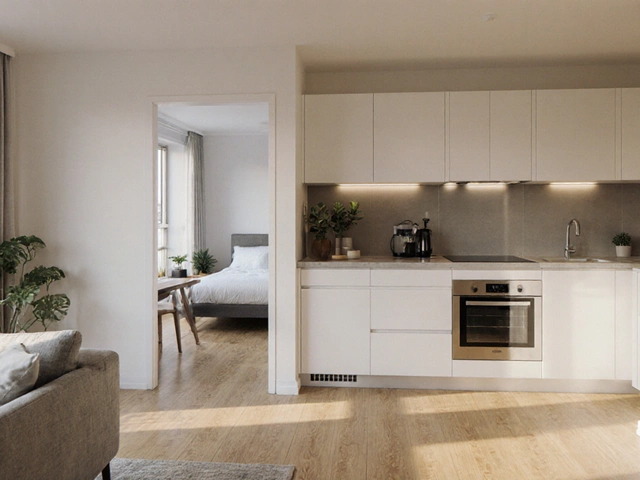

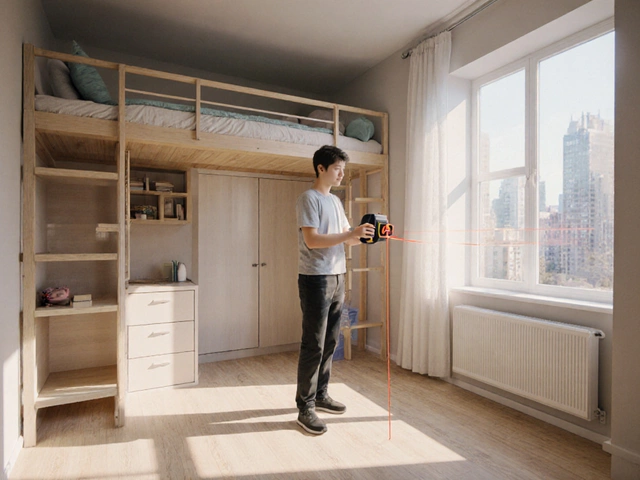

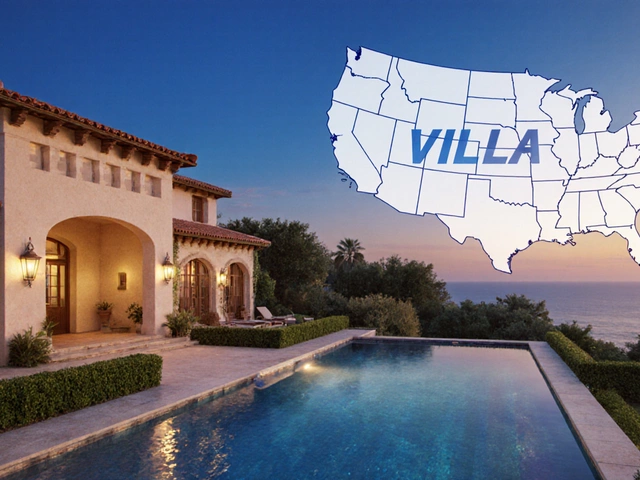



Write a comment